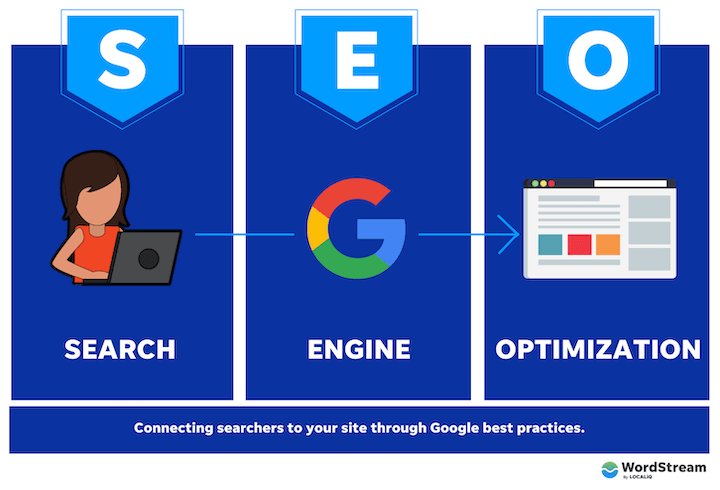Using the Power of Second Measurement in Google Analytics to Fine-tune Your Advertising And Marketing Approach and Drive Outcomes
Leveraging the power of second measurements within Google Analytics opens up a world of opportunities for online marketers seeking to obtain much deeper understandings into user behavior and tailor their projects with precision. The prospective to measure campaign effectiveness with a granular lens further stresses the value of utilizing this device to drive success.
Understanding Additional Measurements
When assessing data in Google Analytics, comprehending additional measurements is crucial for acquiring deeper insights right into user actions and web site performance. Primary dimensions give standard details such as the variety of users or sessions, but additional measurements use an even more in-depth view by permitting individuals to segment and examine data better. By adding a second measurement, marketers can improve their evaluation and reveal valuable patterns that may have otherwise gone unnoticed.
Second dimensions in Google Analytics can be related to different metrics such as web traffic sources, customer demographics, and habits flow. By integrating the primary dimension of 'landing pages' with the secondary dimension of 'tool category,' marketing experts can identify which tools are driving web traffic to particular landing web pages (what is a secondary dimension in google analytics). This details can help enhance web site design and material for better customer experience throughout different tools
Studying Individual Actions Patterns
To efficiently understand customer actions patterns, an extensive analysis of information within Google Analytics is vital. By delving into user actions patterns, marketers can obtain beneficial understandings into exactly how site visitors communicate with their site, which pages are most engaging, and where prospective traffic jams or drop-off points might exist in the conversion channel. Google Analytics supplies a variety of devices to assess user actions, such as actions flow reports, event tracking, and goal funnels.
Actions circulation records provide an aesthetic depiction of how individuals browse via the site, showing the most common courses individuals take as well as where they leave. Occasion monitoring allows marketing professionals to keep track of specific communications on the website, such as switch clicks or video views, giving a much deeper understanding of individual interaction. Goal funnels track the actions users take in the direction of finishing a details goal, highlighting locations for improvement in the conversion procedure.
Enhancing Target Market Division
Upon evaluating customer actions patterns, marketers can even more maximize their strategies by improving target market division methods in Google Analytics. Audience segmentation allows for the classification of site visitors into specific groups based on numerous features such as demographics, habits, and interests. By making use of Google Analytics' second dimensions, marketing professionals can fine-tune these segments even additionally to gain much deeper insights into their audience's activities and preferences.
Enhancing target market division makes it possible for online marketers to develop even more targeted and personalized advertising and marketing campaigns. By identifying distinctive customer teams, marketers can customize their messaging, content, and uses to much better reverberate with each sector's unique features and demands. This degree of personalization can significantly enhance involvement, conversion prices, and total advertising efficiency.
Moreover, via enhanced target market division, marketing professionals can much better understand the client trip and enhance touchpoints along the path to conversion. By evaluating exactly how various sectors connect with the website and marketing channels, marketing professionals can recognize possibilities to boost user experience, address discomfort points, and eventually drive even more conversions. Overall, refining audience segmentation in Google Analytics is a powerful approach for maximizing marketing performance and driving sustainable organization growth.
Tailoring Advertising Campaigns
Online marketers can enhance their advertising and marketing projects by customizing material and messaging to suit the distinct attributes and requirements of certain target market segments. Tailoring marketing projects includes producing customized experiences that resonate with various teams of customers. By leveraging understandings from secondary measurements in Google Analytics, marketing experts can acquire a deeper understanding of their audience's behavior, choices, and demographics. This data enables the development of targeted projects that speak directly to the interests and discomfort points of certain sectors, raising the likelihood of interaction and conversion.
Via the analysis of second measurements such as website traffic sources, devices made use of, or geographical area, marketers can adjust their messaging to be much more impactful and appropriate. Check This Out For example, a shopping business may uncover with Google Analytics that site visitors from social media networks have a higher conversion rate than those from natural search. Equipped with this knowledge, the business can readjust its advertising technique to concentrate extra on social networks platforms to drive much better outcomes. By tailoring marketing campaigns based upon understandings from second measurements, services can make the most of the effectiveness of their efforts and eventually drive much better ROI.
Measuring Project Effectiveness

One important element of gauging campaign performance is tracking conversions. By establishing goals in Google Analytics, services can check specific actions taken by customers as an outcome of the campaign, such as signing or making an acquisition up for an e-newsletter. Comprehending the conversion rate and the conversion path can supply beneficial understandings into the performance of different marketing channels and messages.
Moreover, analyzing metrics such as click-through prices, bounce prices, and session duration can assist marketing experts examine customer involvement and the effect of the project on web site traffic. By incorporating key metrics with second dimensions in Google Analytics, services can fine-tune their marketing approaches, enhance campaign performance, and drive much better outcomes.
Final Thought
To conclude, taking advantage of the power of additional dimensions in Google Analytics can supply important understandings into customer behavior patterns, improve target market segmentation, dressmaker advertising and marketing projects, and action campaign effectiveness. By using this function effectively, organizations can refine their marketing strategies and drive much better results. It is vital for marketing experts to utilize the data offered via second measurements to make educated decisions and enhance their projects for optimal impact.
"/>